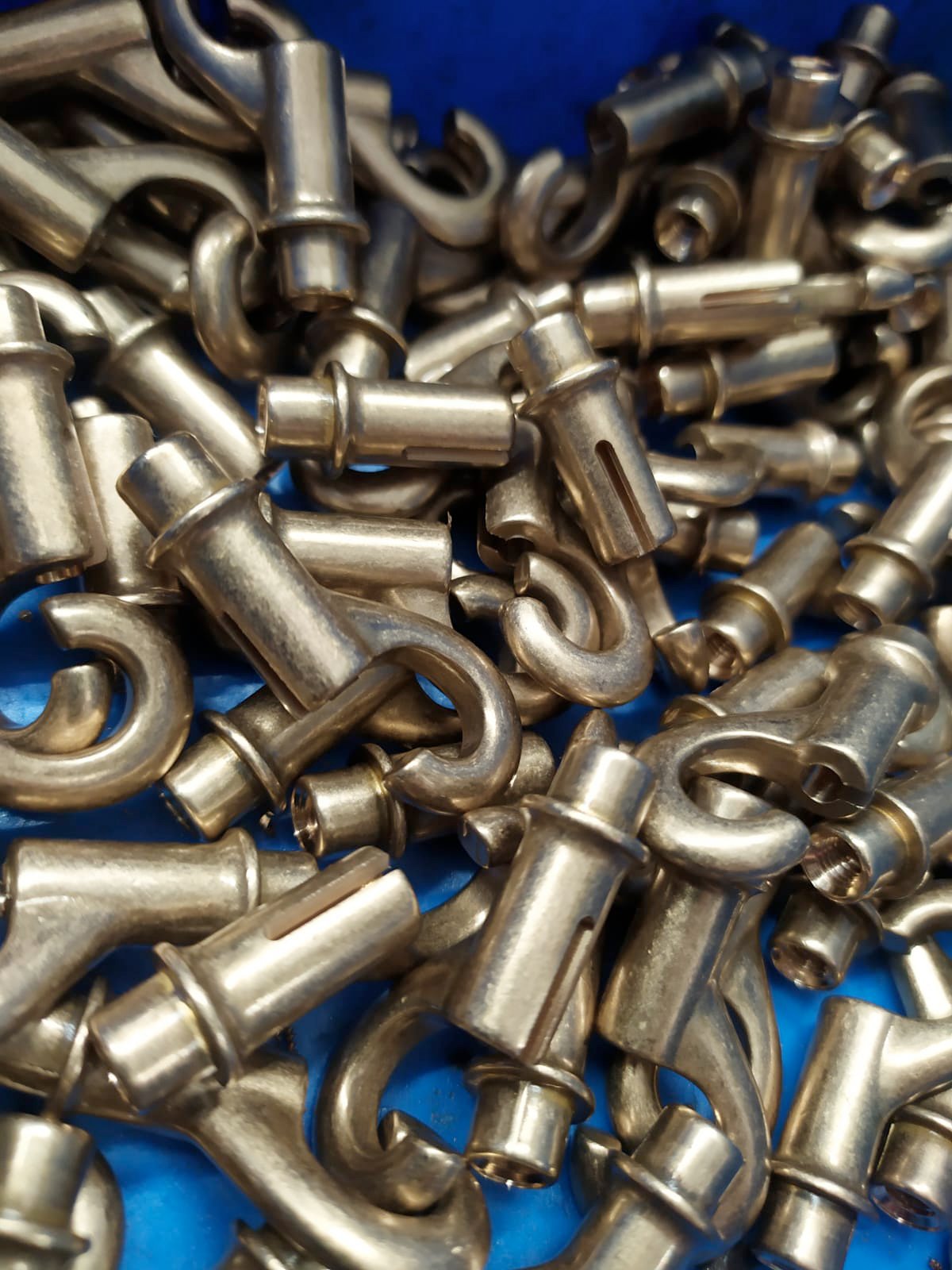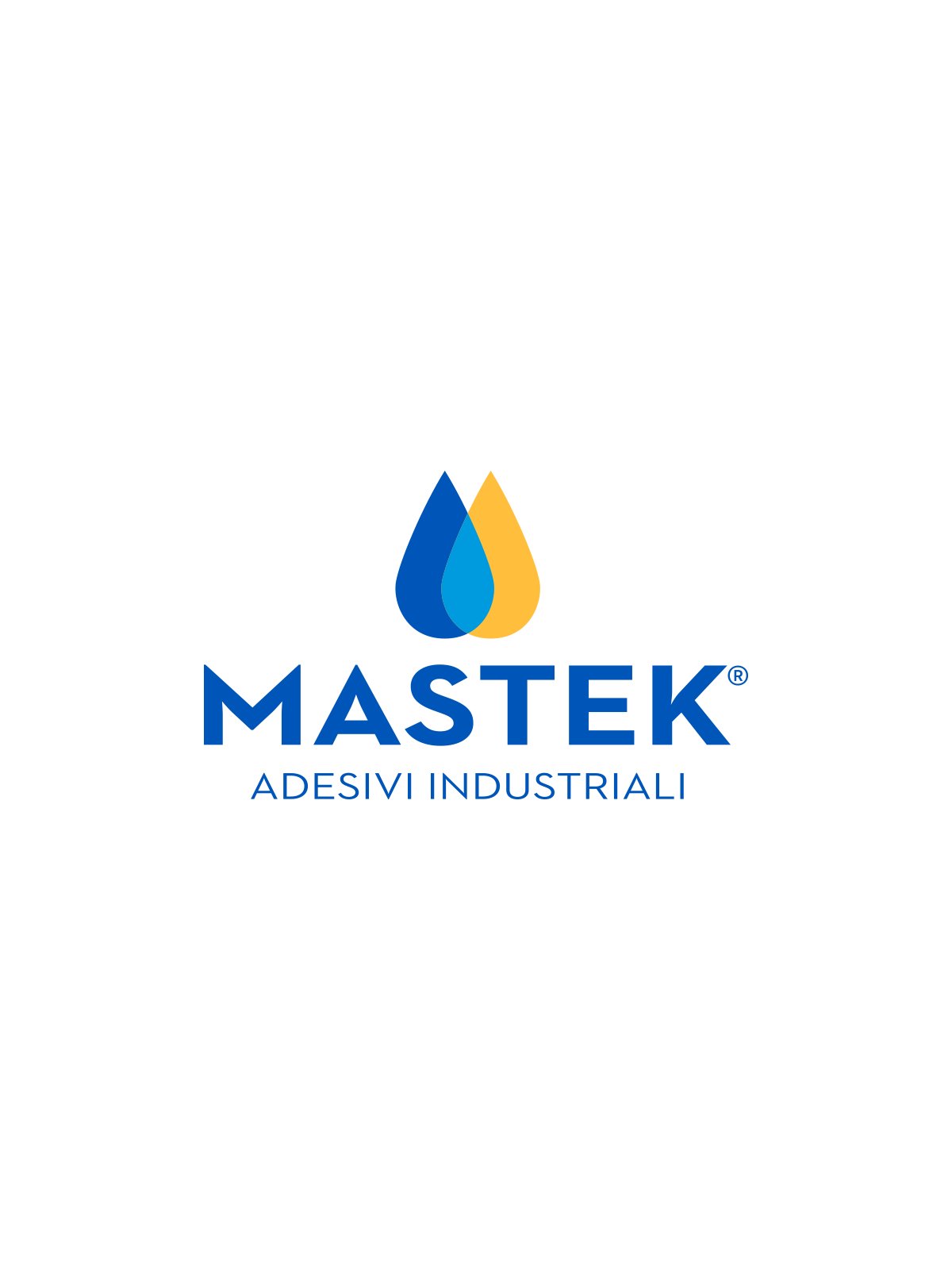News
"Boosting Transition," spotlight on sustainable fashion supply chain transition

A two-day event that will bring together the main stakeholders of the fashion & luxury supply chain to draw an up-to-date picture of the sustainable transition process of the fashion supply chain, with particular attention to the specificities of the leather world. "Boosting Transition" is the title of the second edition of the "Venice Sustainable Fashion Forum" to be held at the Giorgio Cini Foundation in Venice on October 26 and 27, promoted by Sistema Moda Italia, The European House - Ambrosetti and Confindustria Veneto Est - Metropolitan Area Venice Padua Rovigo Treviso.
The goal of the summit is to emphasize the urgency of effective and coordinated interventions aimed at reducing the environmental and social impact of the fashion industry. "A new moment to remark to the institutions and the financial world the priorities of the sector," says Sergio Tamborini, president of Sistema Moda Italia. "Sustainable transition is an urgent strategic issue for the Italian fashion industry, which in the first six months of 2023 recorded a turnover of about 58 billion euros.
Also presented during the event will be the second edition of "Just Fashion Transition 2023," a permanent observatory on the sustainable transition of key fashion, apparel, footwear and leather goods supply chains by The European House of Ambrosetti. The strategic study, which analyzed more than 2,700 Italian and European companies, shows that Europe's top 100 fashion companies have increased their sustainability garrisons by 17 percent in the Esg areas. Of these 100, however, the best-in-class meet only 70 percent of the maturity requirements for Esg principals.
"With the second edition of the Forum we renew our conviction that for a just transition of the Fashion & Luxury sector we can only start from manufacturing," is the comment of Flavio Sciuccati, partner The European House-Ambrosetti and director Global Fashion Unit. In this transition, Italy's fashion supply chains and districts have a central role. We will also turn the spotlight on the leather supply chain, which is often equated with textiles, despite the specifics of its production process and regulations."


























